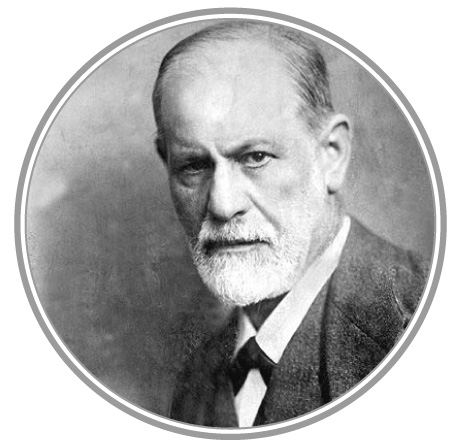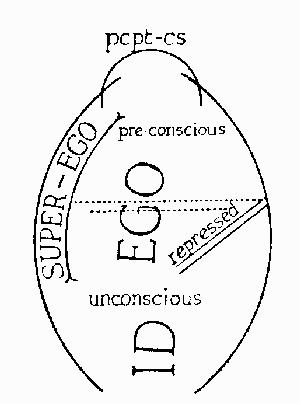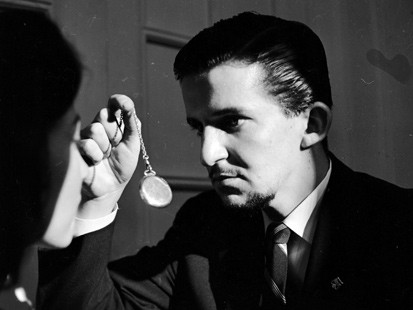How to Use Freudian Literary Criticism

The theories of Sigmund Freud hold a great deal of fascinations for literary critics – so much so, that there is an entire branch of literary criticism devoted to analysing works of literature in the light of Freud’s theories. Looking for the effects of Freudian theories in literature can be a fascinating study, if you learn how to go about it in the correct manner.
Instructions
-
1
Begin by familiarising yourself with Freud’s theories. The most significant among these are the stages of psychosexual development, the defence mechanisms (out of which repression is the most important), the dominance of the libido as the driving force behind all human thought and behaviour, the breakdown of the human personality into three components – id, ego, and superego – and the mapping out of the levels of the mind into the conscious, unconscious, and subconscious.
Image courtesy: marxists.org
-
2
In addition to studying the theories of Freud, it is also essential to delve into the works of neo-Freudians, as these challenge Freud’s heavy emphasis on sexuality as the determinant of all human behaviour (which they deem too narrow). Neo-Freudians explore other factors that determine the human thought process and behaviour, and these include Carl Jung, Karen Horney, and Alfred Adler.
-
3
Once you have done all your background research, and have familiarised yourself with all the concepts, it is time to begin. Pick a work of literature (start small – use a poem, or a short story) – and see if you can analyse the characters’ levels of the mind. Look for the elements of id, ego, and superego in a poem/story. These need not always be a human character – rather, these can also be reflected in elements of nature.
-
4
Study how the characters are mentally driven by the energy of the “libido”. While this is frequently taken as a purely sexual term, certain off-shoots of Freudian theory view it quite differently, so make sure you do not adopt a narrow perspective, and analyse it from every different angle.
-
5
Analyse the psychic conflicts between “Freudian entities” present in a particular literary work. A character could be at war with society, with nature, with another character, or be trapped in an internal struggle. If the conflict is between a character and an external force, this indicates that the character represents one facet of the mind (id, ego, and superego), while the external element represents another. If the conflict is internal, this means the character’s mental state is imbalanced, and one element of the mind has taken control over all others.
-
6
Look for instances of “hypnotism” in the work of literature. If any character shows signs of having been overtly manipulated mentally, this could be a good starting point for Freudian critique.
Image courtesy: hypnotic-regression.blogspot.com
-
7
Examine the methods characters adopt to handle or express repression. Repression is a key defence mechanism, and the underlying factor behind most of human behaviour, as per Freud. Take a close look at any past incidents the characters might be looking to repress, or any outlet for the expression of these repressed thoughts, such as dreams, Freudian slips, and sudden changes of mood and temperament in particular situations, etc.







